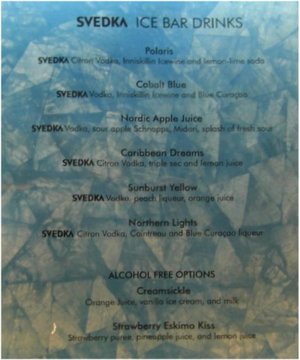The Symptoms and Treatment of Leptospirosis
Leptospirosis is a bacterial disease that affects humans and animals. It is caused by the bacteria of the genus Leptospira. Leptospirosis is often referred to as Swineherd’s disease, swamp fever, cane-cutter fever, mud fever, canicola fever, hemorrhagic jaundice, icterohemorrhagic fever, rice-field fever, Stuttgart disease and Weil’s disease. Outbreaks are usually caused by exposure to water ...

